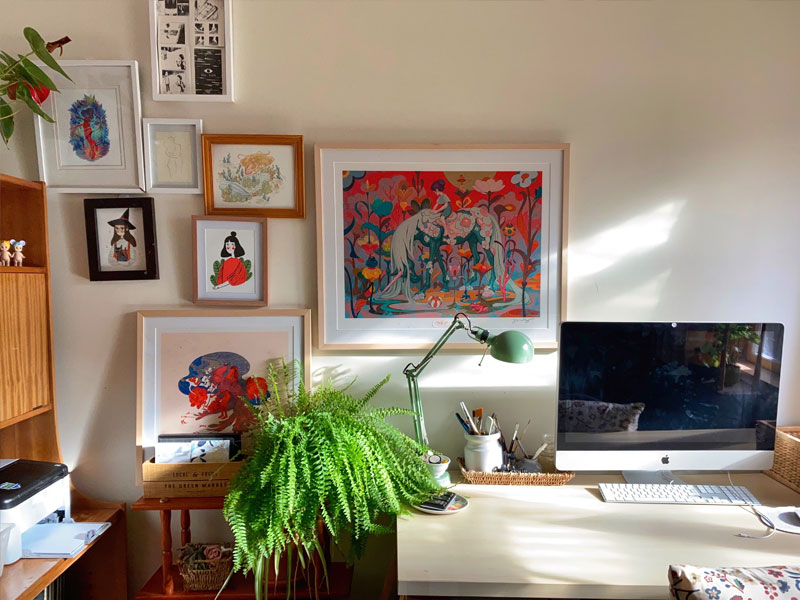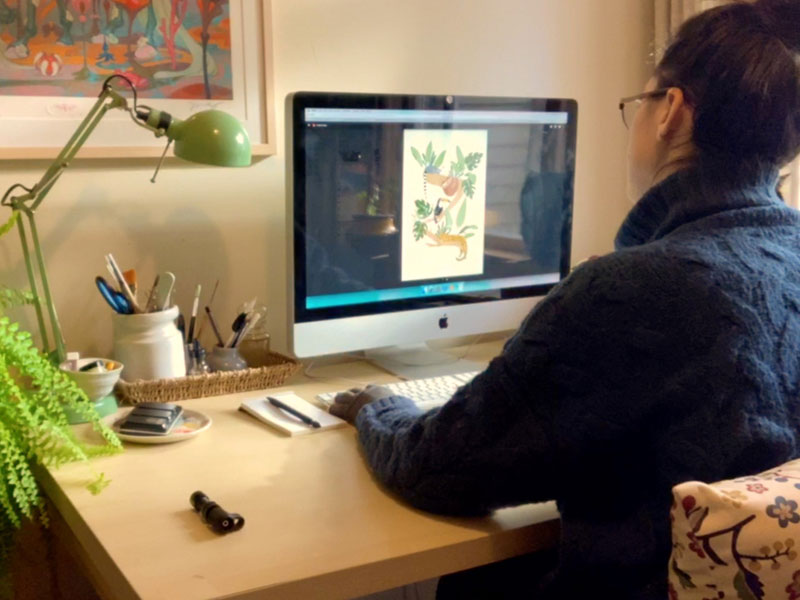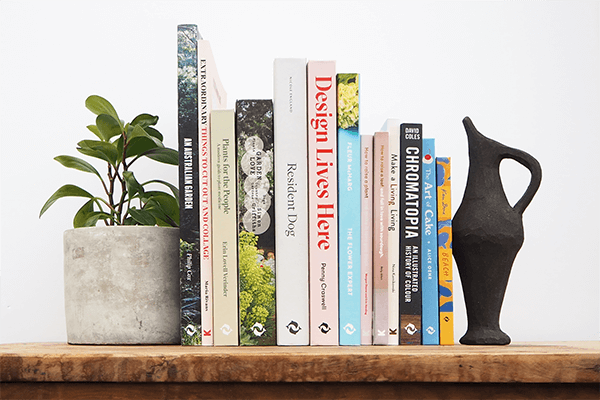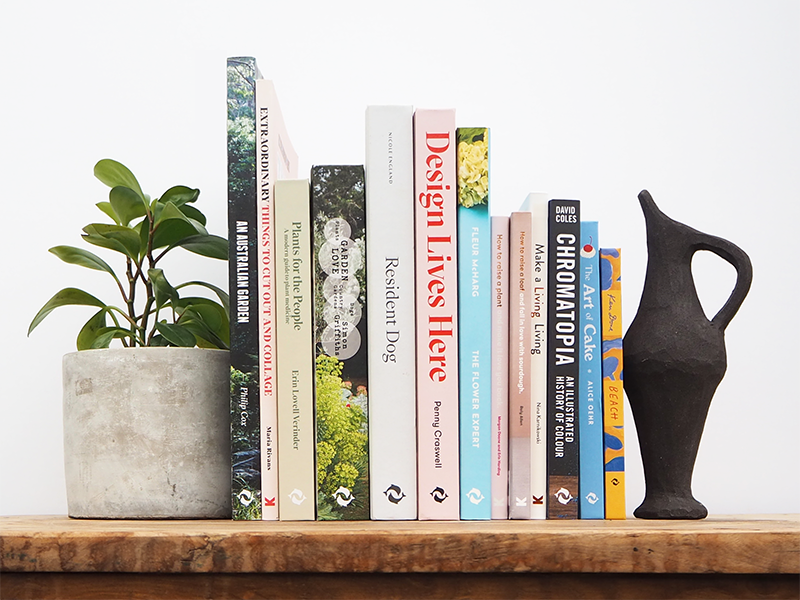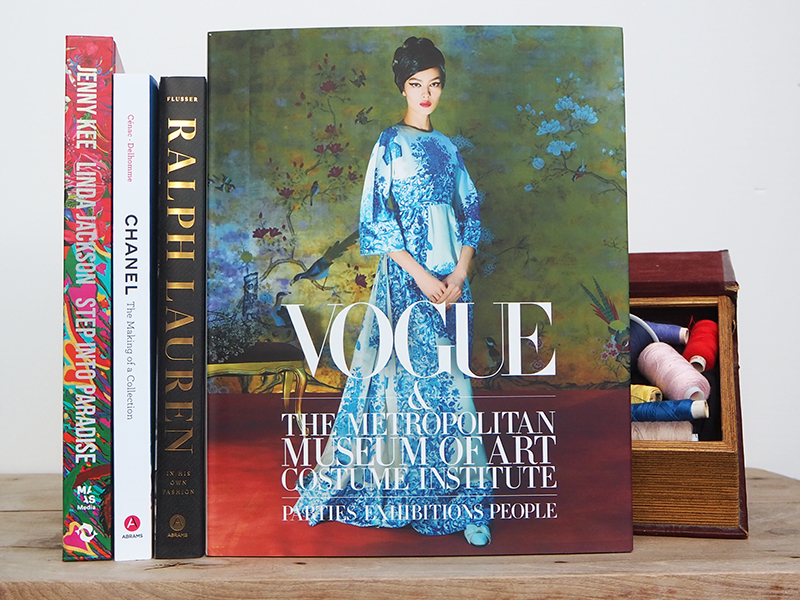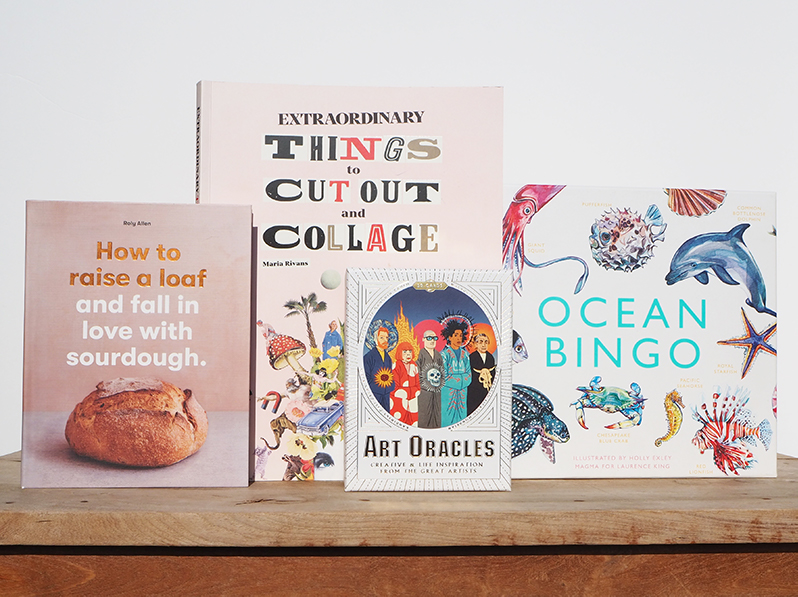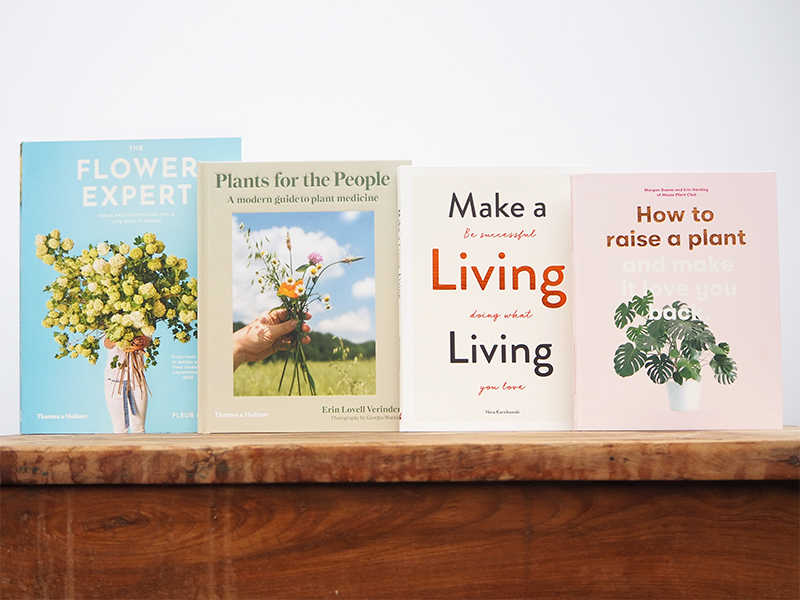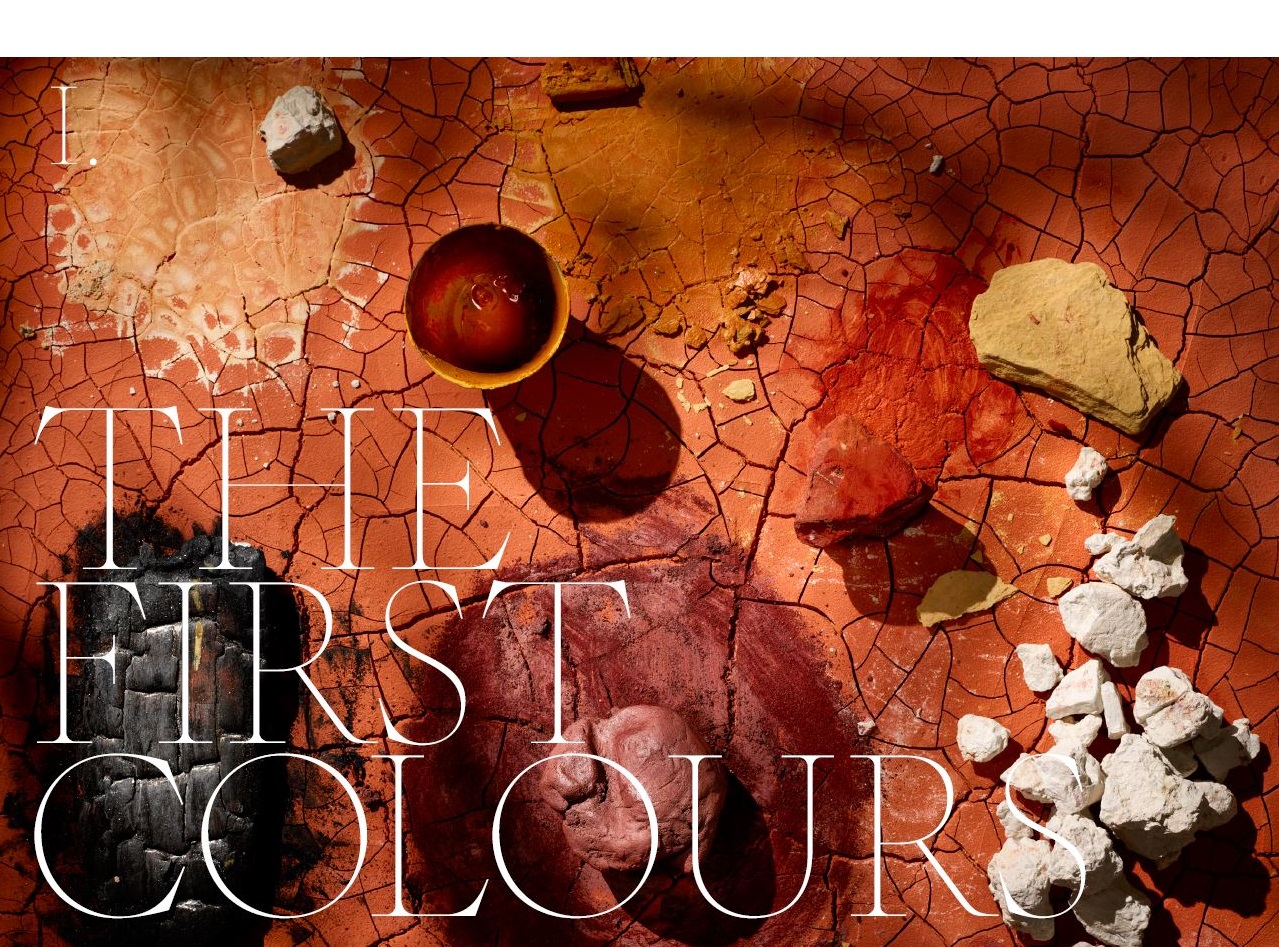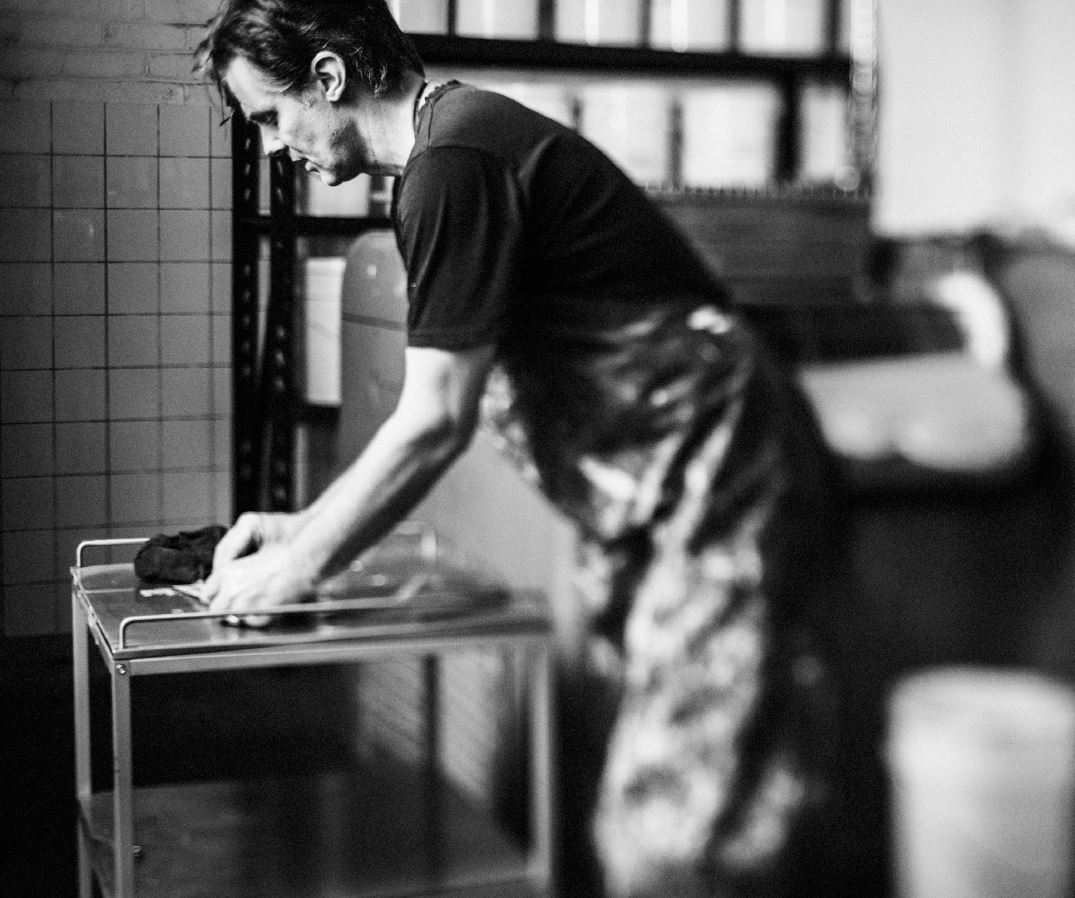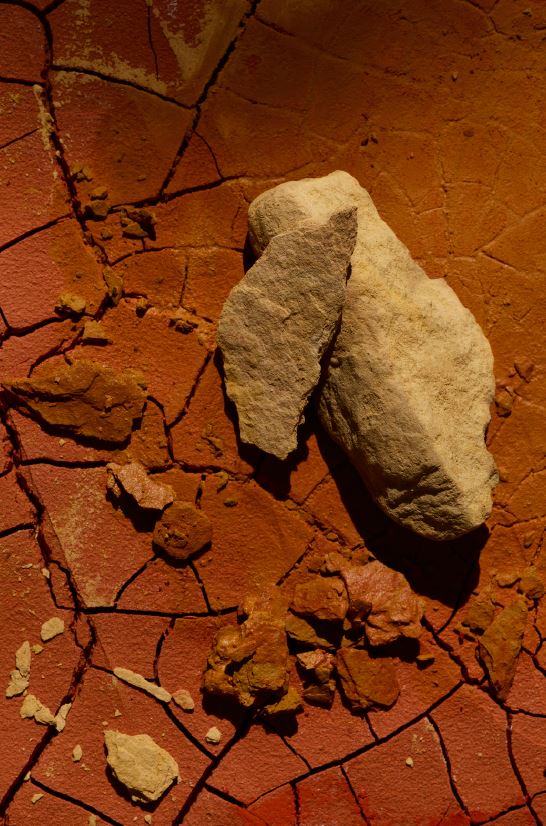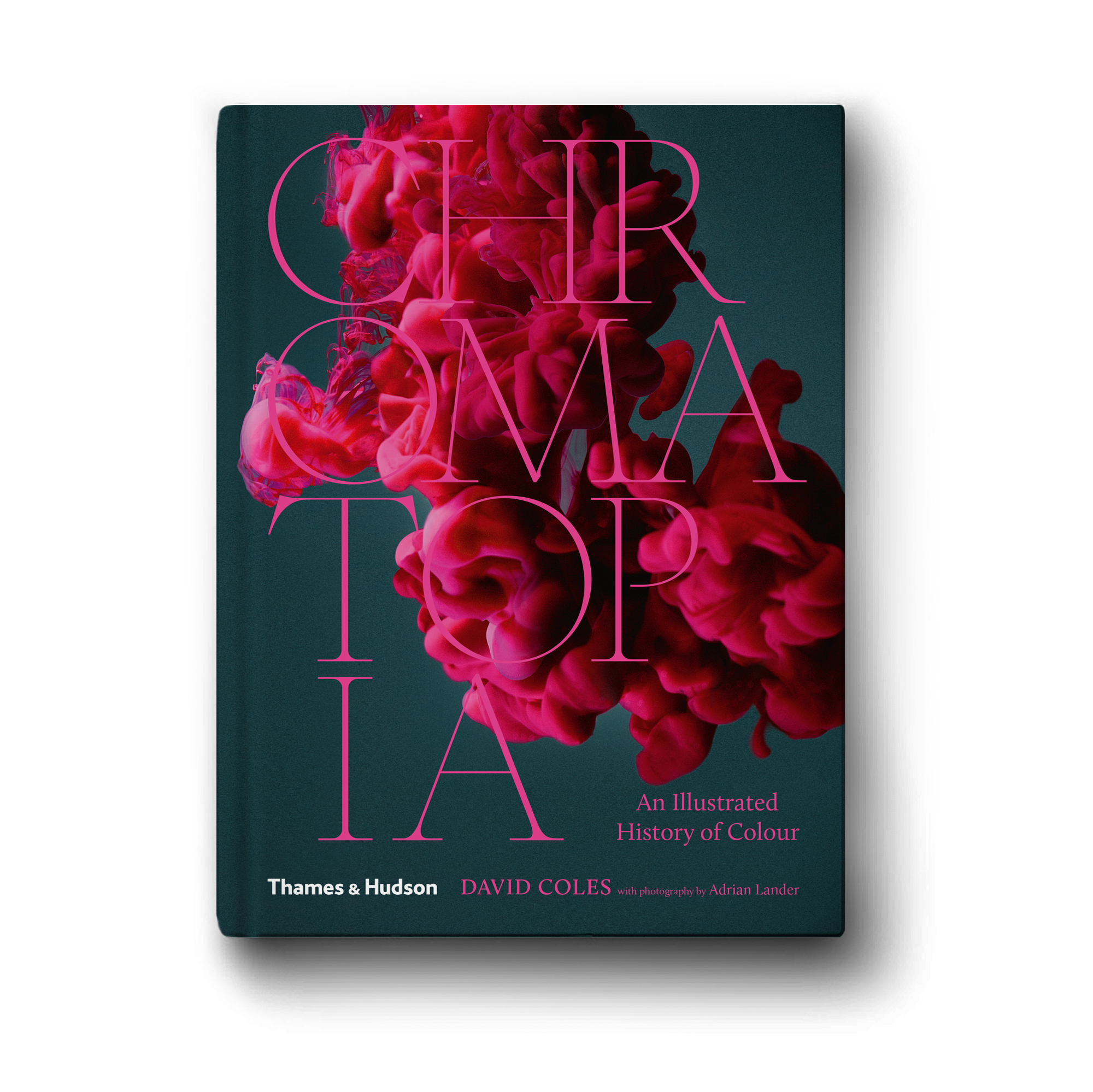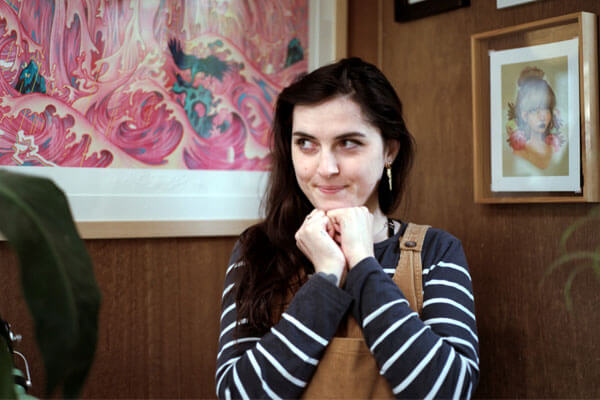
Laura Bernard works from her cosy studio in Wellington, New Zealand. She is a self-confessed nerd, homebody and introvert. Laura has inspired young creatives across the world to ignore the negativity that surrounds a career in illustration and to pursue their passion.
To celebrate the release of Wonder Women Bingo, we caught up with Laura to chat about the game, the female creatives she looks up to and how to stay sane when your home sanctuary becomes your workplace.
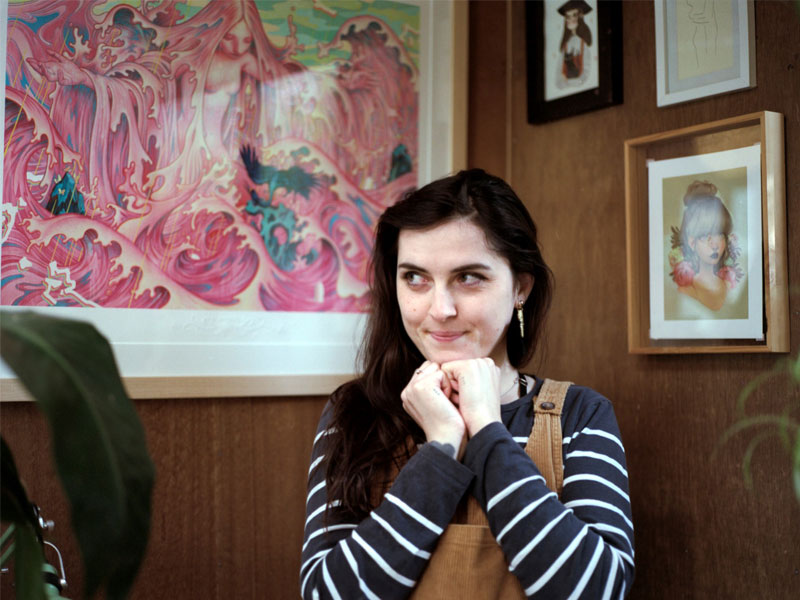
The illustrations for Wonder Women Bingo are phenomenal. What was your favourite part of working on this project?
Thank you! My favourite part was adding the finer detail to the garments and accessories that the women were wearing: the jewellery, the beaded and embroidered elements and the various patterns. That was so much fun. I feel like that’s one of the main elements that brings these ladies to life and makes them each unique.
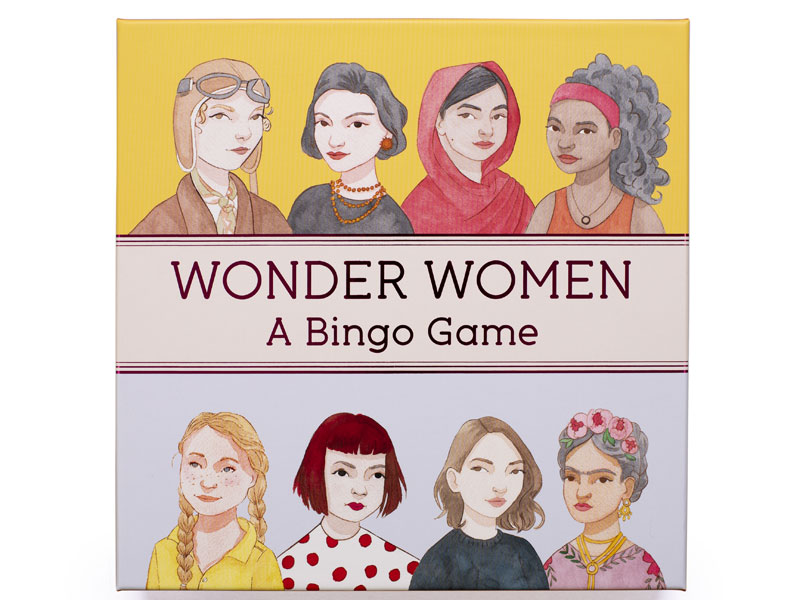
Why do you think it’s important to have a children’s game dedicated to inspirational women?
Too often we are taught the names of famous, genius, amazing men that have achieved great things (Albert Einstein, Isaac Newton, Stephen Hawking, Nikola Tesla to name a few). I think we often forget that there were incredible women who did equally amazing things, but we are rarely taught about them in the same way due to our unbalanced gendered history. Plus, a lot of women had to keep their intelligence a secret or pretend to be a man to be recognised. I think we need a game like this to help balance things out. Hopefully, it can inspire young women and teach them that they can be anything they want to be.
Laurence King Publishing is fortunate to work with a number of fantastic female illustrators like yourself, including Laura Callaghan, Marion Deuchars and Harriet Lee-Merrion. Can you tell us about the female illustrators and creatives that inspire you?
Creatively, I look up to Rebecca Sugar a lot. She created the Steven Universe series and creatively directed a lot of the character design, screenplay and music. She also worked on Adventure Time for a long while. I also admire Jennifer Lee, who is a screenwriter and a head creative at Disney studios. She worked on Frozen and Frozen 2, which are masterpieces for character, background, outfit and song design (all things she helped with).
As a freelancer, do you have any tips for staying sane when working from home? I think we need all the tips we can get right about now!
To be honest, being an introvert really helps. I can’t speak for more extroverted people but I love hibernating and working on my illustration. Working and living in the same space can be a huge challenge, so I do have one very helpful tip. I have a studio for my work, and when I am in there I am in ‘work mode’, when I am anywhere else in the house I’m in ‘home mode’. I’ve always used this mentality even before I had a studio and I worked at the dining room table. I would always sit on one chair and work so then that particular space is associated with working. I think that’s a super important thing to define when working from home as too often we work from bed or the couch, which I try to avoid.
Any tips for overcoming creative block?
Oh jeez, this is a hard one. Over the past five or so years that I’ve been freelancing, and where my creativity is my job, there’s that extra pressure to be creative ALL THE TIME. When I’m at a total creative loss and I’ve gone into a creative depression, I generally have a lot of negativity about my own work. I’ve realised that my creative block generally looks and feels the same: a lot of self doubt and self creative pessimism. If I’m telling myself all of these terrible things about my own work, putting it down and comparing it to others, how can I feel proud and happy with the work I’m making? To help break the cycle, I’ll go back to my old sketchbooks from yonks ago and see how far I’ve come. I’ll also look at all of my old random ideas and concepts to give myself a much needed pep talk: Look! These are your ideas and you are creative and awesome! I will then try and learn from my past works and ideas. I think it’s very important to be critical of your own work otherwise you will struggle to grow, but balancing that with self support, encouragement and feeling proud of yourself too.
We can see that you paint in both a traditional medium and digital. Do you prefer one over the other?
I fell in love with watercolour quite quickly after buying my first set when I was about nineteen. I think it will always be very special to me. I then transitioned into digital to broaden my skillset and I thought it would help me find more illustrating opportunities too, as we live in such a digital age. I think watercolour will always be my favourite medium, however I find digital has helped me grow and learn more as a creative — it’s a very forgiving medium and you are able to undo, flip canvases to check proportions, and change colours so easily: all things that you can’t really do with a traditional medium.
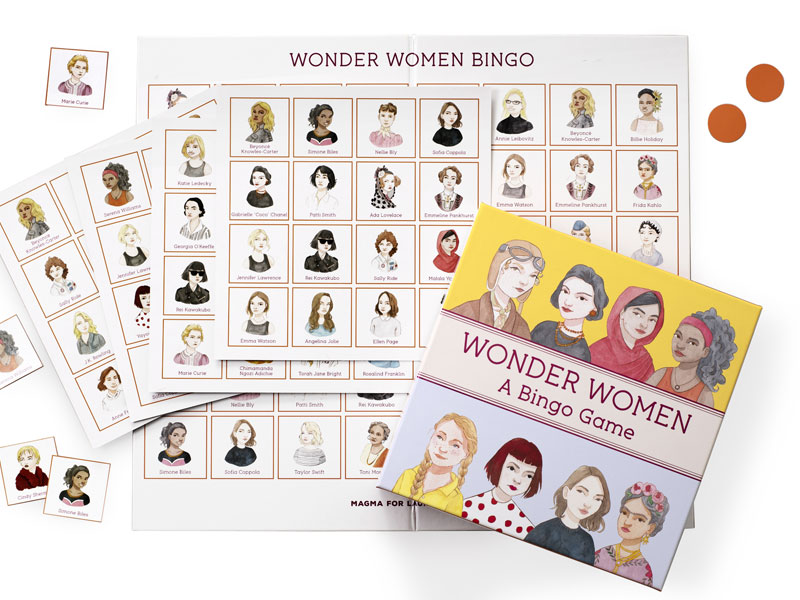
We are obsessed with all the work in your portfolio. Can you tell us about your favourite one?
Thank you so much! From my personal works, there’s an illustration of an A-frame house among some trees at night. I am super proud of this and the simplicity of it, but the fact that it still tells a story — a difficult balance. Professionally, I absolutely loved working on the Wonder Women Happy Families card game, and the Wonder Women Bingo. Learning about amazing women in history and having the opportunity to paint their portraits was so inspiring.
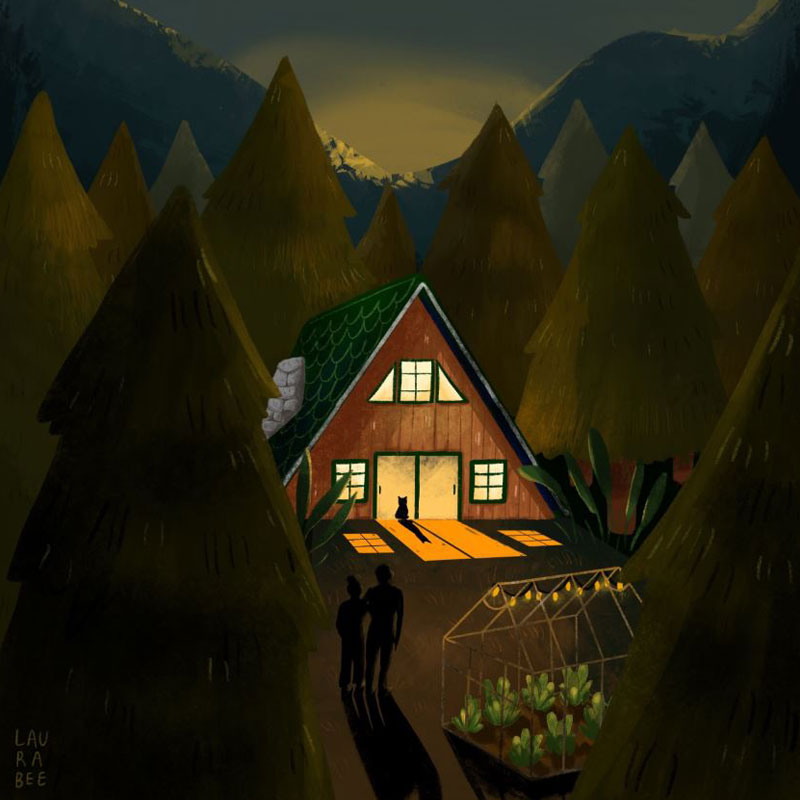
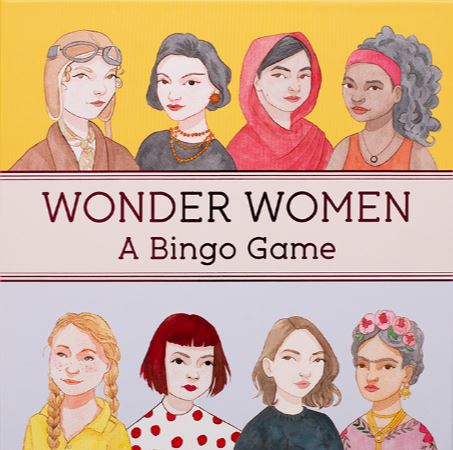
Wonder Women Bingo is out now. Text by Isabel Thomas and illustrations by Laura Bernard.
AU$29.99
Posted on August 7, 2020
